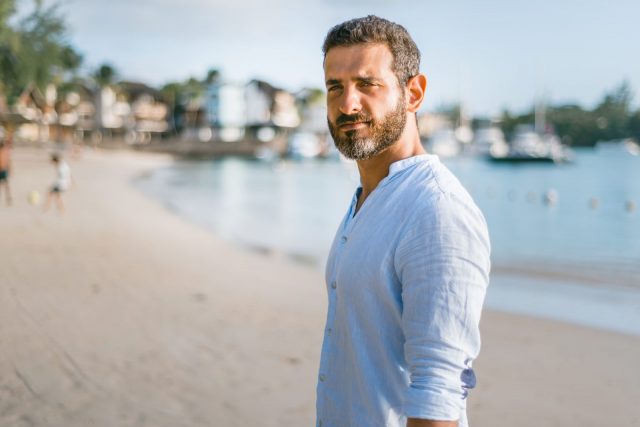Experts call to ban the school bake sale
Allergies and food hygiene mean that charity sales are OVER – or are they?
We’re a country of cake-lovers, but it really is time to think the unthinkable and ban the school bake sale.
That’s the opinion of a British health and safety software company which thinks that the goodwill of buying and scoffing a home-baked treat for a good cause is outweighed by the risks of the DANGER CAKE.
But Protecting.co.uk denies pandering to the so-called (and probably non-existent) snowflake generation.
“Nobody wants food poisoning,” says company spokesperson Mark Hall, “Concern for the dangers is often mistaken for snowflakery by people who didn’t mind the odd case of the squirts back in the day.
“Times have changed for the better,” he says, “but don’t worry – we have a genius solution too.”
What’s your beef with cakes, then?
On the contrary, Protecting.co.uk likes cake just as much as the next person. We could eat cake and down a nice cup of tea until the cows come home.
The problem comes with school, scout hut, or charity bake sales where you don’t know where the food’s come from, and how clean was the kitchen where it was prepared.
“One person’s spotlessly clean kitchen is another person’s food poisoning death trap,” says Protecting’s Mark Hall.
“We have first-hand experience of a local amateur cake enthusiast who claims his kitchen is perfectly clean. And it is – apart from the pet cats he allows to strut all over the work surfaces and we doubt very much that anyone baking cakes at home has an food hygiene certificate.
“We’ve also heard of school cake sales where over-enthusiastic young members of the home economics class claim to have spat in the mix before slapping it into the oven. Urban myth? Who knows?”
“And there’s also a major problem for people with allergies,” says Mark Hall. “The label may say ‘free of nuts’, ‘gluten free’, or ‘dairy free’ but how do you really know?”
The question of allergies – which can cause a life-threatening health reaction – is a stark reminder of the risks of consuming food from a questionable, if well-meaning, source.
Why shut down these well-meaning events?
Commercial kitchens come with very strict sets of regulations designed to protect customers from food poisoning and the accidental serving of allergens.
There are rules for preparation areas, rules for the storing of raw and cooked products, and rules for the personal cleanliness of kitchen staff.
“These rules and regulations exist for the protection of the public, and nobody in their right mind has a problem with them,” says Mark.
“So why do people happily go out and buy food products from a random kitchen in somebody’s house where these controls don’t exist?”
“Down with this sort of thing, we say.”
Could there be an alternative? Why, yes there is
We’re a company that works by finding solutions to people’s workplace problems, so of course we have a solution to this – and it lies in the phenomenon on the Cake Sale Cheat.
We all know that smug parent who traipses in on the day with a beautiful creation that would not be out of place on The Great British Bake Off.
And that’s because they’ve bought it in a shop, taken it out of the box, and presented it at school, the scout hut or community hall as their own work.
So, instead of staring at them accusingly and saying things like “Who does she think she is, Mary Berry?”, let’s grasp the example of the Cake Sale Cheat, and all do it.
Everybody should buy a cake, bring it to the cake sale in its original packaging complete with allergy advice and ingredients list, and everybody knows what they’re buying.
And all that’s left for Cake Sale Cheat is to buy a really expensive cake to give away to the school, because those are the new rules we’ve just made up.
“Everybody’s a winner,” says Mark Hall. “The cake sale wins, the cake shop wins, and all of us – the people who called out the Cake Sale Cheats – we win as well.”
“Have your cake AND eat it, that’s what we say.”















